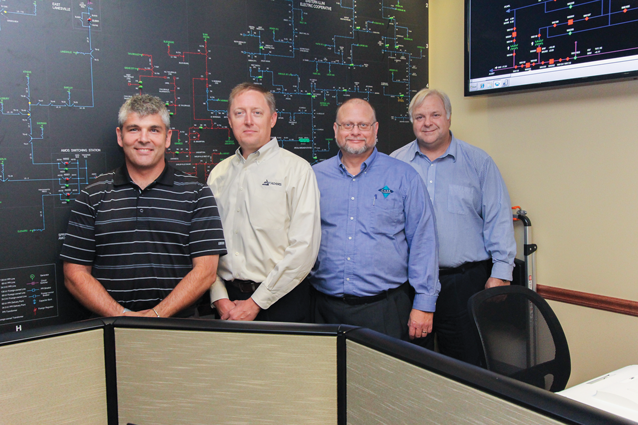A year ago I wrote that we were seeing historic lows for the electricity commodity and that they couldn’t last forever. Predicting prices would rise wasn’t tough. The question was how much and how fast?
We’re already seeing some early signs of price instability and rising rates. We are also seeing drastic cuts to base load capacity due to generation plant retirements.
Due to a poor economy, we’ve had plenty of reserve generating capacity mainly because of a decrease in industrial demand. Although we currently have about eight gigawatts (GW) of over capacity in our region, very soon plant retirements could drastically reduce our supply. We all understand that a reduction in supply means there will normally be an increase in price.
The Midcontinent Independent System Operator (MISO) is our state’s regional transmission organization and it helps determine if we have enough reserve generating capacity across multiple states for the hottest day of summer. MISO generators have indicated the prospect for 11.2 GW of capacity retiring by 2016 for both economic and environmental regulatory reasons.
Assuming there isn’t an uptick in the economy and therefore no growth in demand, MISO could be 3,000 megawatts (MW) short of the generation needed to meet its minimum 14.2 percent planning reserve margin by 2016.
What does that mean? It could mean we are at the lowest levels since the 1960s, that emergency operations procedures would be needed, and as a last resort those procedures could mean curtailing load across the grid to avoid brownouts or blackouts. It already happened in September in Indiana, Michigan, Ohio and Pennsylvania.
Power reliability is essential to our economic health. The good news is I think that Illinois is probably, based on its transmission infrastructure, able to survive without blackouts or brownouts. My concern, however, is on consumer pricing and what that does to the cost. There is always the price of power and then there is a premium that is paid for volatility.
Right now we are also exporting power from the MISO market in this region to the PJM market in the east, where they can quadruple their value.
So how much will prices increase? Here’s my prediction. If you take all of the expected plant retirements and exports of capacity out of the MISO market, we could see the cost go from $32 to $42 a MWH, almost a 25 percent increase. That kind of increase could happen between 2017 and 2019.
But what about natural gas? Natural gas and fracking have had an impact, a very positive one. We’ve seen an incredible increase in supply and prices have dropped. That has been the big news in the energy business for the past several years. What hasn’t been such a big story has been the recent recovery of natural gas prices. I’d say we’ve seen the bottom of natural gas prices and it goes up from here.
Natural gas has traditionally had more price volatility than coal. Therefore it has normally been used for peak load generation instead of year-round base load generation. A JP Morgan executive in September, at the LDC Gas Forum Mid-Continent in Chicago, said domestic natural gas prices will rise and volatility will return in the next three to five years.
So what does all this mean to cooperative members? Cooperatives and municipal utilities in Illinois haven’t put all their eggs in one basket. They have a mix of power options that includes Prairie State, a new coal-fired plant in southern Illinois that is one of the cleanest and safest plants I’ve ever seen. I believe that although the short-term power market price looks very good right now, the co-ops’ ownership of this very efficient plant is going to provide increased value over time.
It’s like the decision we all face — do I buy a home or rent a house?
In the near-term, renting may look cheaper. But if the rent goes up, and it likely will, you may have to move. A mortgage is a long-term commitment, but you are locking in a dependable monthly payment. I think the cooperatives have done the prudent thing and protected the long-term interests of their members.
Electric co-ops have also invested in smart grid efficiency, another long-term benefit. You could call it home improvements, and co-ops are ahead of other utilities in installing this smart grid technology.
Ultimately what cooperatives are trying to do is improve the quality of life. That has financial and non-financial aspects. I believe that the municipal and cooperative structure allows for greater responsiveness, greater responsibility and greater transparency than the other regulatory models. At the end of the day investing for the long term is a prudent decision.








